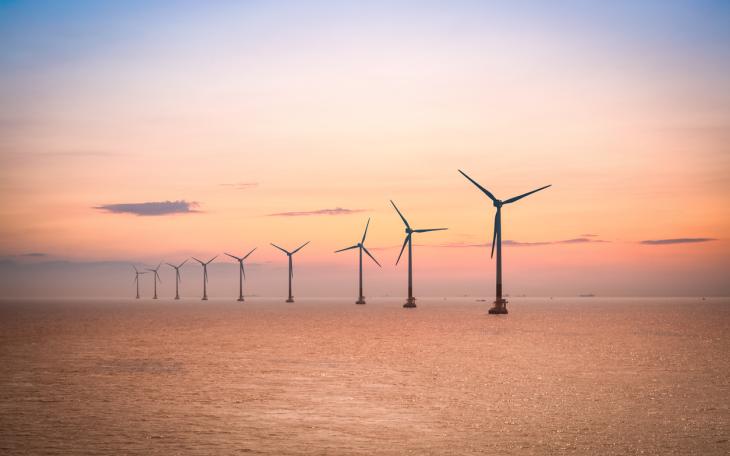Veering slowly, losing identity

At last week’s government energy auction, the lots for new offshore wind farms were greeted by the sound of one hand clapping.
These auctions act as a kind of eBay in reverse. Developers submit their best (lowest) bids with the view of agreeing a deal to build out energy projects with a guaranteed price (aka, a return) from the government for the electricity eventually produced.
In here lies the rub. Whilst the government’s ambition was to increase the amount of energy produced by offshore wind to 50 gigawatts (GW) from the current 14GW by 2030, for the industry, the current maths just doesn’t add up, hence the lack of response.
The cost of raw materials, the rate of inflation, the breakdown of supply chains and availability of skilled labour clearly did not weigh up into making a profitable business case against the reported £44 per megawatt hour “strike price” for this (fifth) round of bids.
This should be no surprise as this message was already being relayed ahead of the auction, and in July, Vattenfall stopped work on their planned 130-turbine wind farm off the Norfolk coast due to “some challenging conditions”, a critical factor of which would have been the 40% increase in building costs since 2022.
The Norfolk Boreas was set to produce enough electricity for 1.5m homes, albeit with another 4 schemes like it required per year to get up to the target 50GW. This includes the Celtic Sea cluster, the floating offshore element of which was set to boost industry opportunities in Wales and the south west through the creation of more than 29,000 UK jobs and deliver £43.6bn in UK gross value add (GVA) by 2050.
The main benefit of offshore wind is its potential to deliver at scale and create a large enough payload. According to Scottish Government research it is also largely accepted, with the findings showing that “four in five (80%) national respondents and 83% of coastal respondents either strongly approve or tend to approve of offshore wind farms.”
With a lack of offshore wind, further pressure will now be transferred to delivering other schemes including more onshore wind, solar farms and bringing some tidal projects off the backburner to try and fill the gap.
Through our work with both developers and local communities, SEC Newgate’s local advocacy team recognise that whilst in principal people support renewable energy, when an application comes forward, the real-world response does not necessarily reflect this.
Local residents often recognise the wider need to create reliable and secure energy for domestic use and support the drive to lower carbon energy sources. The question local people ask when faced with a proposal is ‘what is the direct benefit for us?’ Recently we have seen an increase in requests for electricity bill reduction; followed by the usual requests for mitigation measures for any visual impact for residents or improvement to local infrastructure or facilities as part of the application.
The national grid model in the UK means the relationship between energy production and its use isn’t localised. Given the uncertainty in the current market as demonstrated by the failed auction, questions over the deliverability of current energy policy, industry confidence and where this leaves consumers, it would seem timely for project sponsors to engage in a new conversation with communities on how and where their energy is produced and if we are going ensure the lights stay on what needs to happen for communities to get behind energy production locally.









